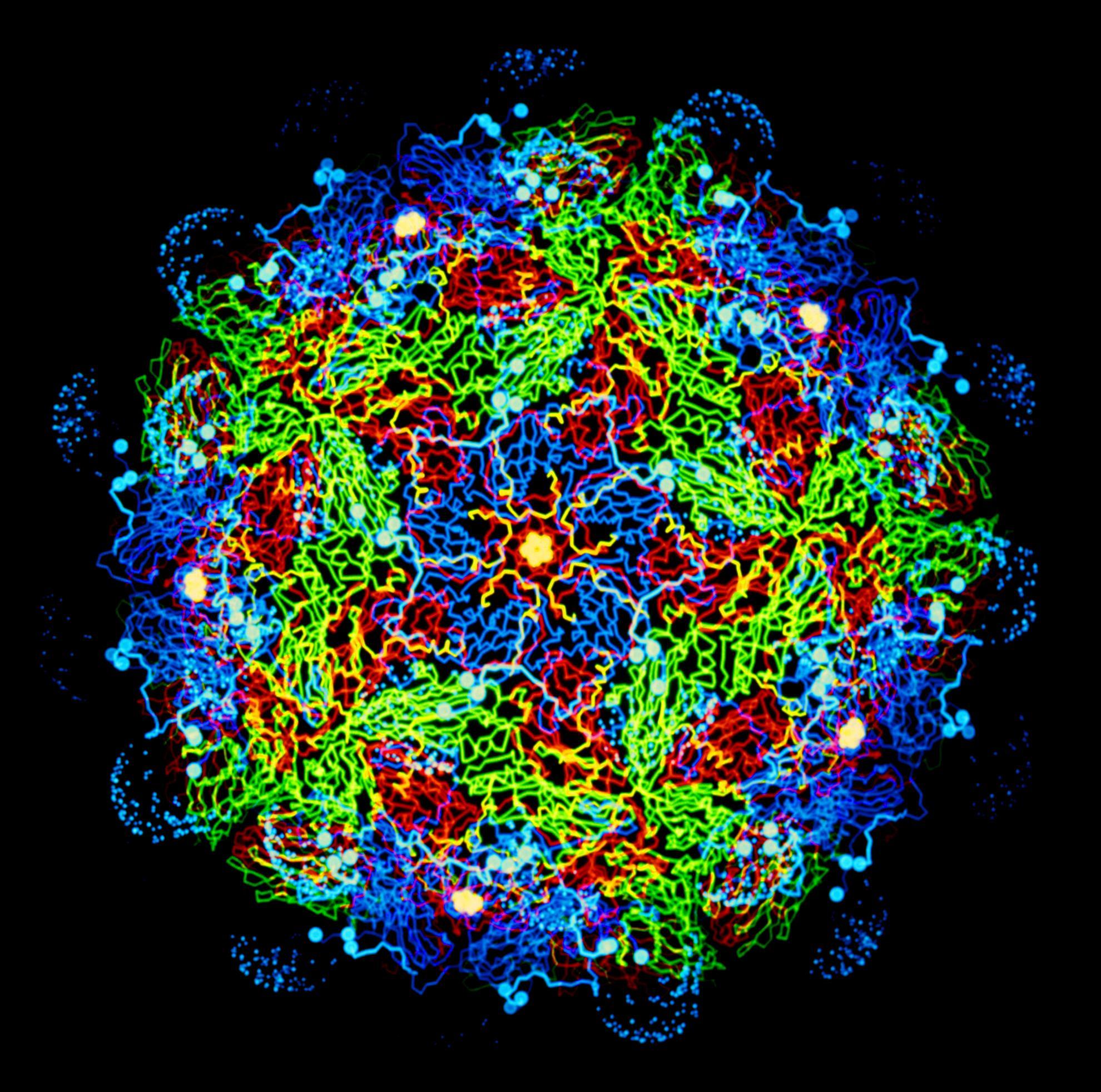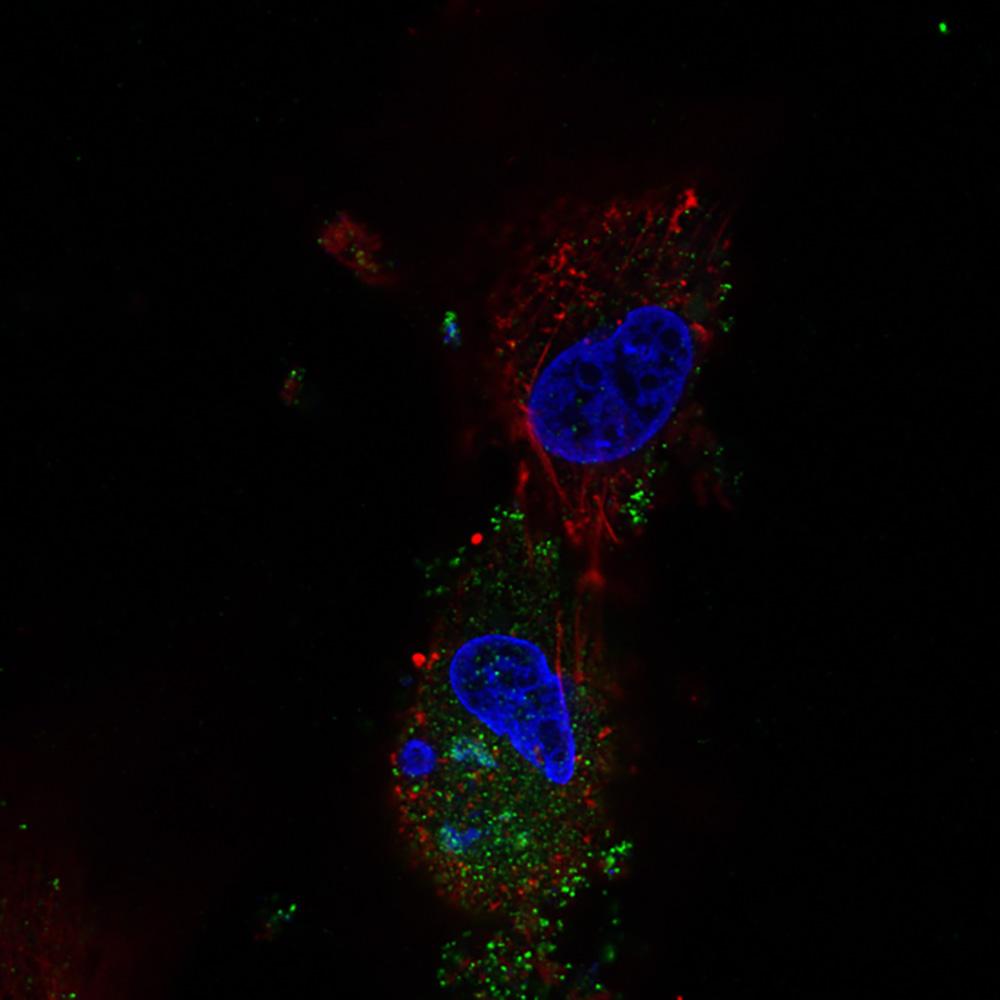Household and animal factors associated with sheeppox and goatpox sero-prevalence and identification of high-risk areas in selected States of northern Nigeria
Sheeppox and goatpox (SGP) are transboundary, highly contagious diseases affecting sheep and goats with characteristic clinical signs. SGP affect populations of small ruminants in Africa, Asia and the Middle East and, as a result, threaten farmers’ livelihoods. Despite their importance, studies looking at factors that increase the risk of sheeppox-virus (SPPV) and goatpox-virus (GTPV) exposure and infection are limited. A cross-sectional study was conducted in three states of Northern Nigeria (Bauchi, Kaduna and Plateau) to determine the sero-prevalence and spatial patterns of SGP, and identify risk factors for SPPV/GTPV exposure at animal and household level. Sera samples were collected from 1,800 small ruminants from 300 households. Data on putative risk factors were collected using a standardised questionnaire. Twenty-nine small ruminants were sero-positive to SGP - apparent weighted sero-prevalence 2.0 %; 95 % C.I. 1.1–.3.0 %. Sero-positive animals came from 19 (6.3 %) households. Analysis of the questionnaire showed that a fifth (20.3 %) of farmers claimed to have experienced SGP outbreaks previously in their flocks, with 33 (1.8 %) of the individual animals sampled in this study reported to have had clinical signs. At animal level, the odds of being sero-positive were higher in older animals (>24months; OR = 8.0, p = 0.008 vs ≤24 months) and small ruminants with a history of clinical SGP (OR = 16.9, p = 0.01). Bringing new small ruminants into the household and having a history of SGP in the flock were the main factors identified at household level. Households were less likely to be sero-positive if the time between bringing animals into the household and sampling was over a year (PR = 0.31, p = 0.05), while households with a history of SGP were more likely to be sero-positive regardless of the timeframe. Important spatial heterogeneity was found. The Bayes smooth rate ranged from 0.06 to 4.10 % across local government areas (LGA), with LGA in the north-east or north-west of the study area identified as hot-spots for SGP exposure. Results from this study shed new light on the understanding of SGP epidemiology and provide key inputs to design risk-based surveillance and intervention programmes in the area.

